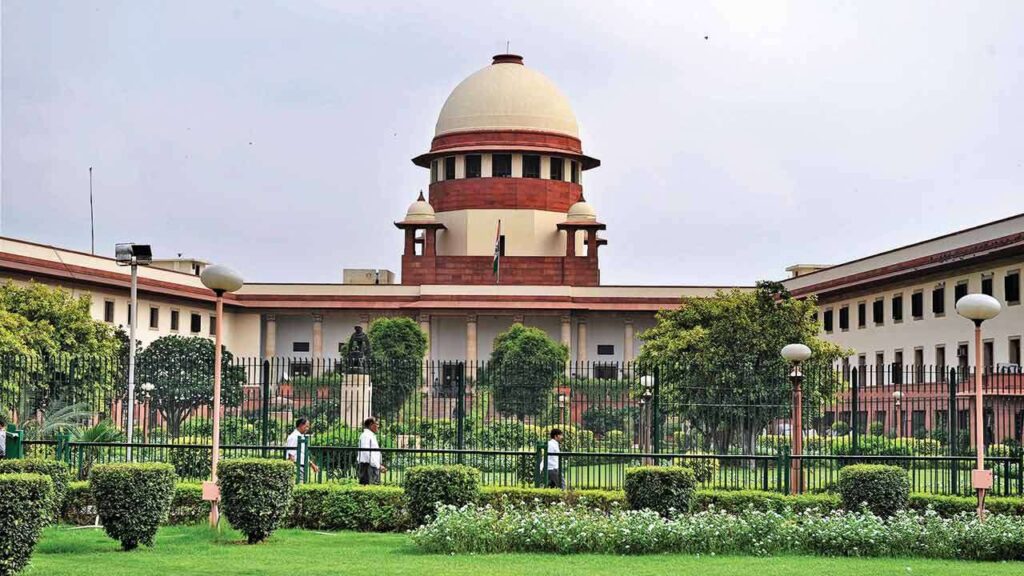The Supreme Court of India recently delivered its verdict on the constitutional validity of Section 6A of the Citizenship Act, 1955. This verdict has far-reaching implications for Assam, a state that has been grappling with the complex issues of citizenship, migration, and ethnic identity for decades. Section 6A was introduced to address the unique challenges of migration in Assam post-Independence, but its impact has been a source of controversy, often pitting local sentiments against legal frameworks.
As the dust begins to settle on the Supreme Court’s ruling, it is essential to understand what this decision means for Assam, its people, and the broader question of citizenship in India.
Understanding Section 6A
Section 6A of the Citizenship Act was introduced in 1985 as part of the Assam Accord, an agreement between the Government of India and the leaders of the Assam Agitation. The Assam Agitation (1979-1985) was a mass movement led by the All Assam Students’ Union (AASU) and other regional organizations demanding the detection, deletion, and deportation of illegal immigrants, particularly from Bangladesh.
Section 6A created a special provision for Assam, establishing March 24, 1971, as the cut-off date for identifying and granting citizenship to immigrants. Under this provision, individuals who entered Assam before January 1, 1966, would be granted Indian citizenship, while those who arrived between January 1, 1966, and March 24, 1971, would be allowed to reside in India but would need to register for citizenship after a 10-year waiting period. Migrants arriving after March 24, 1971, were to be detected and deported.
The provision was meant to address the unique socio-political situation in Assam, which had seen a significant influx of migrants, many from neighboring Bangladesh, during the 1971 war of independence.
The Supreme Court Verdict
The Supreme Court’s verdict on Section 6A was eagerly awaited, as it addressed a long-standing legal challenge to the provision. Petitioners had argued that Section 6A violated the Constitution by creating different standards for citizenship in Assam compared to the rest of India, and that it compromised the rights of indigenous people by allowing “foreigners” to stay in the state.
In its ruling, the Supreme Court upheld the constitutional validity of Section 6A but introduced important caveats. The bench acknowledged that the provision was a product of a unique political situation and should be seen in the context of the Assam Accord. However, the Court also recognized the need for careful monitoring and implementation of the law, emphasizing that the protection of indigenous communities and the preservation of their cultural identity should remain paramount.
The judgment also calls for a re-examination of the National Register of Citizens (NRC) in Assam, a process meant to document genuine citizens but which has faced widespread criticism for its exclusions and inclusions. The Court has directed authorities to review how citizenship is granted under Section 6A and to ensure that the cut-off dates are strictly adhered to.
What It Means for Assam
The Supreme Court’s decision has profound implications for Assam, a state where issues of migration and citizenship are tied to questions of identity, politics, and social stability.
- Citizenship and Identity: The most immediate impact will be on Assam’s demographics. By upholding Section 6A, the Court has reinforced the March 24, 1971, cut-off for determining citizenship. For many in Assam, particularly indigenous communities, this is seen as a necessary step to protect their identity from being diluted by unchecked immigration. The Court’s emphasis on protecting indigenous interests may provide some reassurance to those who have long feared that their culture and political power are under threat.
- Implementation Challenges: While the verdict supports Section 6A, it also highlights the need for proper implementation. The NRC process, which was supposed to settle citizenship issues once and for all, has been mired in controversy. Many have argued that genuine citizens were excluded, while others who did not qualify were included. The Court’s call for re-examining the NRC suggests that there will be a fresh push to correct these anomalies. However, the administrative burden of this process could create further tensions in the state, with many fearing that errors in documentation could leave people stateless.
- Political Implications: Politically, the ruling is likely to bolster regional parties like the Asom Gana Parishad (AGP), which has its roots in the Assam Agitation, and the Bharatiya Janata Party (BJP), which has positioned itself as a protector of indigenous rights in Assam. On the other hand, opposition parties like the Congress may face challenges as the ruling reinforces a more exclusionary view of citizenship, which could alienate migrant communities that have traditionally supported them.
- Legal Uncertainty and Social Tensions: Although the Court has upheld Section 6A, the potential for further legal challenges remains. Migrant communities who feel targeted by the ruling may seek to challenge its implementation, leading to prolonged legal battles. Furthermore, the social fabric of Assam could be strained, as the re-examination of citizenship could reignite tensions between different ethnic and religious groups.
The Supreme Court’s verdict on Section 6A is a turning point for Assam, a state that has been wrestling with the twin issues of migration and citizenship for decades. While the ruling provides legal clarity, its implementation will require careful balancing of the rights of indigenous communities and migrant populations. The path forward will not be easy, but the judgment offers an opportunity for Assam to address these deeply rooted issues with renewed focus and fairness. How the state navigates these challenges will shape its future for years to come.


